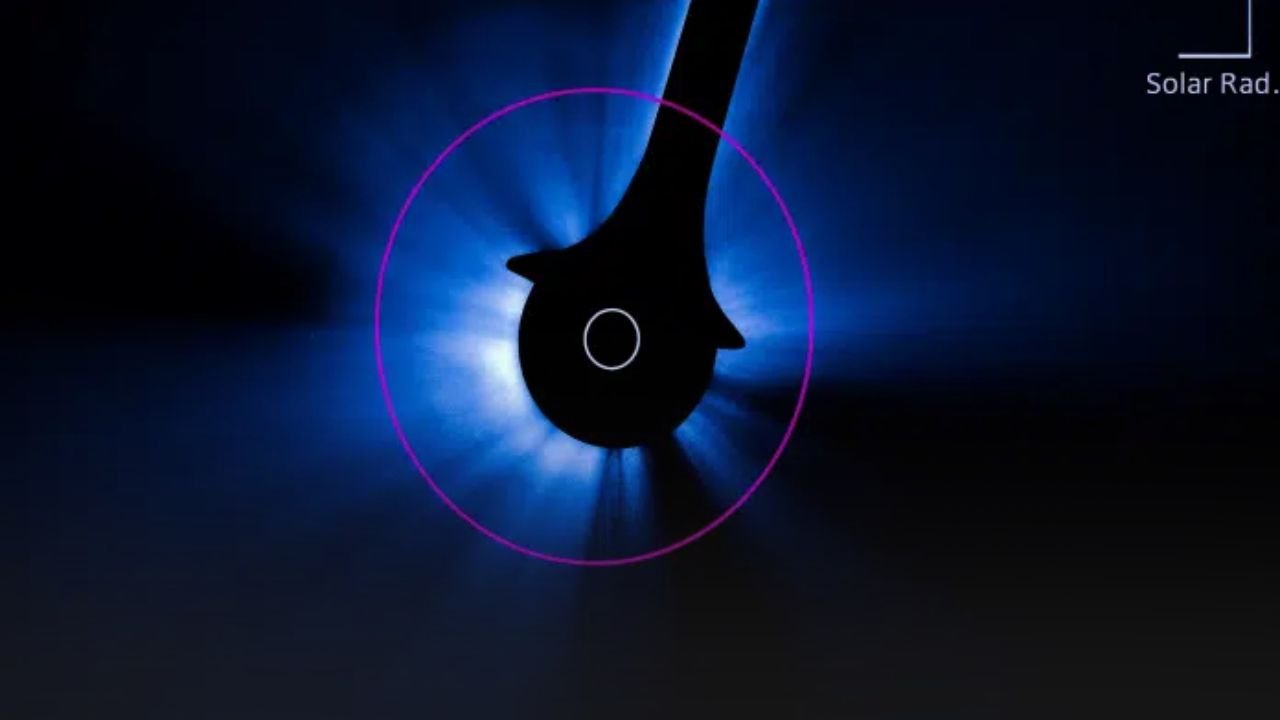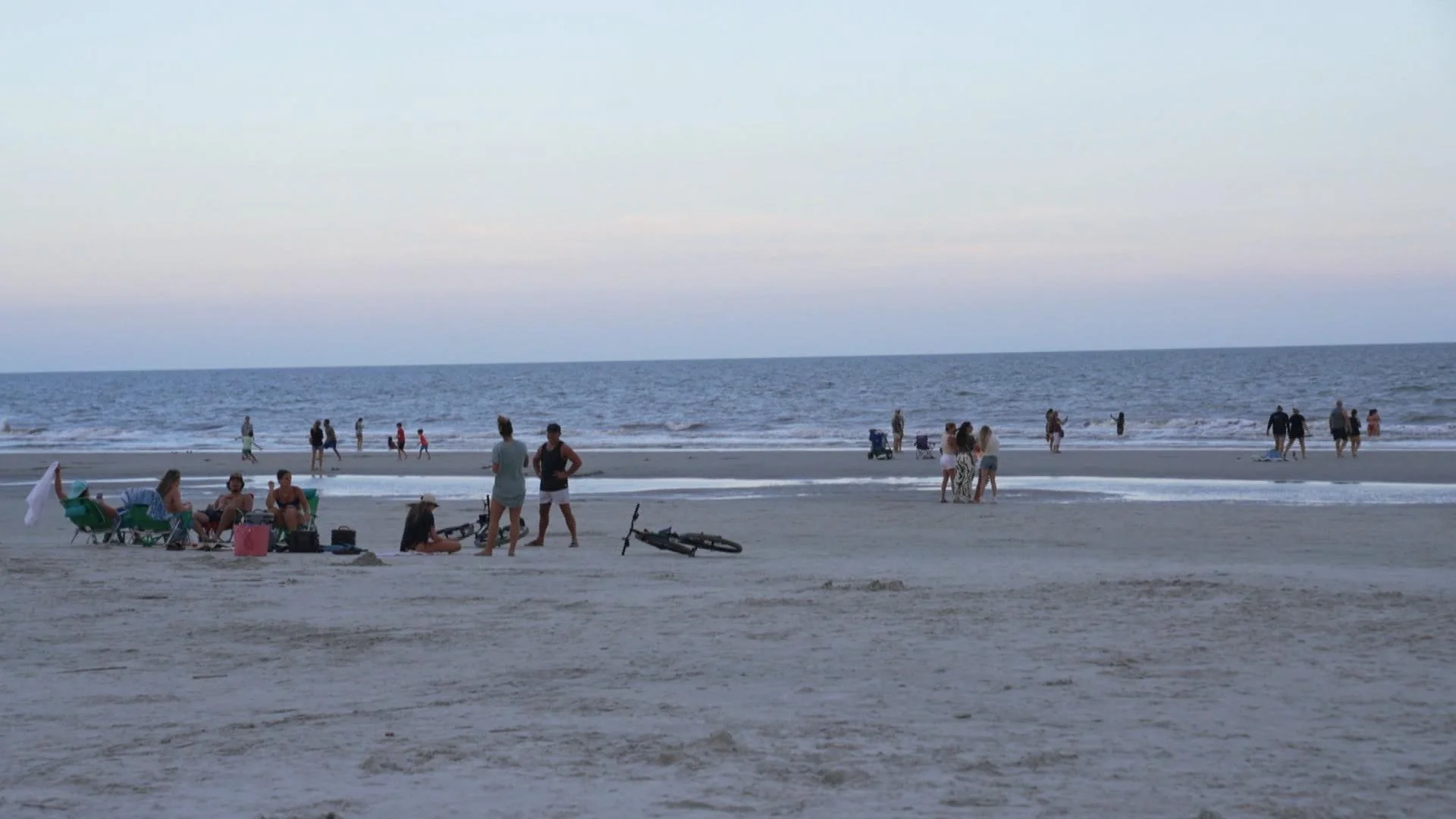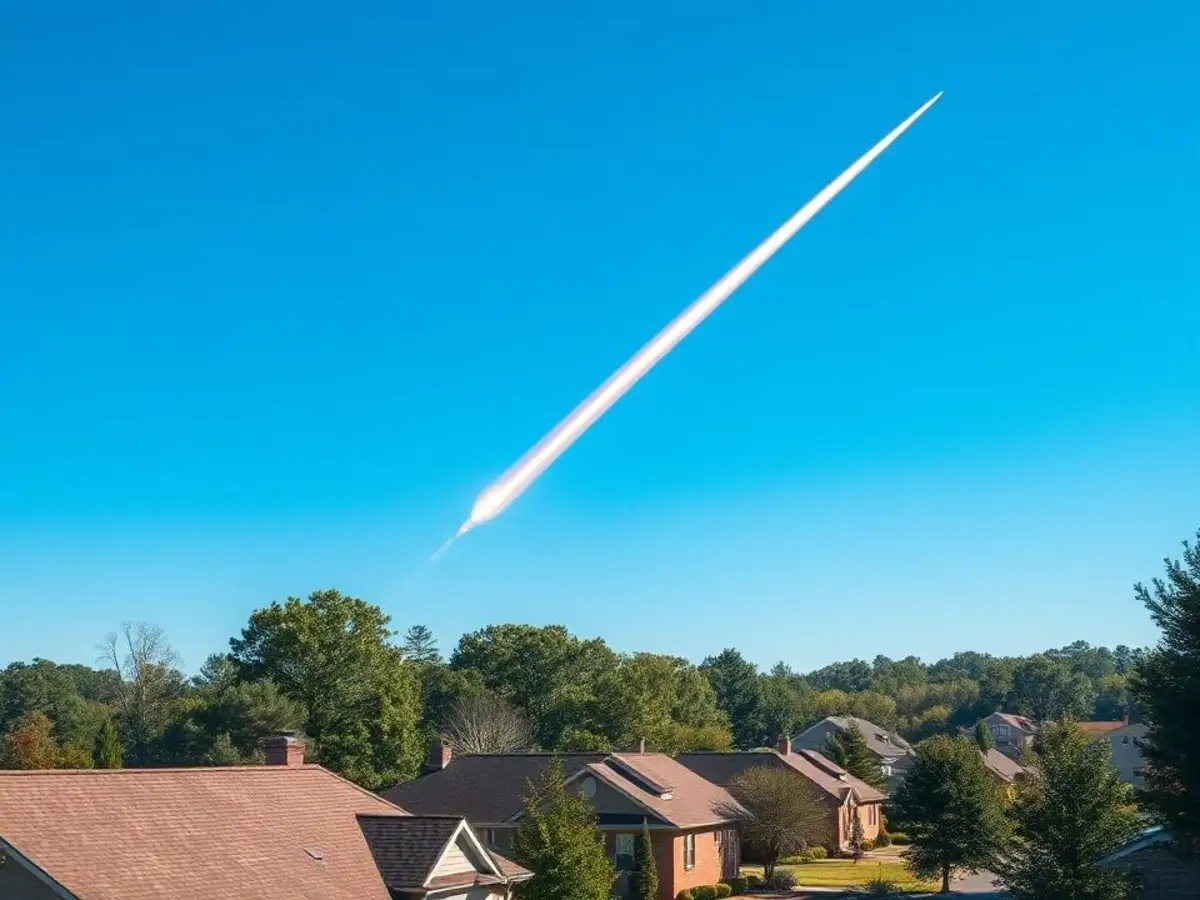BOULDER, COA The National Oceanic and Atmospheric Administration’s Space Weather Prediction Center (SWPC) reports that a coronal mass ejection (CME), a major solar explosion, blasted away from the Sun on Wednesday at a speed of over three million miles per hour. Officials say the explosion is not dangerous to Earth and won’t cause auroras in the United States this weekend, despite its incredible size and speed.
The Solar Event
The CME was released in the opposite direction from Earth and was spotted from the Sun’s far side at around 12:30 p.m. MDT on August 21. It is not anticipated that the blast will result in geomagnetic storms or disruptions to electrical grids, satellites, or communications networks due to its course.Forecasters stressed that although the eruption was spectacular, its placement was crucial. According to SWPC specialists, this CME may have produced moderate to severe geomagnetic activity if it had been headed toward Earth.
Could Northern Lights Appear?
Many skywatchers pondered whether this weekend’s Northern Lights show might be caused by the big eruption. However, because the CME is pointing away from Earth, SWPC has confirmed that no auroras are anticipated from this specific occurrence.
However, scientists warn that the area of the Sun that caused this explosion may spin into Earth’s field of vision in three to four days, increasing the possibility of solar storms later this month. The likelihood of auroras in northern latitudes may rise if that occurs.
Why Space Weather Matters
Magnetic fields and billions of tons of plasma are released into space by solar eruptions such as CMEs. When directed toward Earth, these explosions can:
- Disrupt GPS and radio communications.
- Impact power grids.
- Increase radiation risks for astronauts and high-altitude flights.
- Spark colorful auroras across polar regions.
Even though they are uncommon, the most important space weather occurrences can have dire repercussions. The strongest known solar storm, the Carrington Event of 1859, caused auroras to appear close to the equator and interfered with telegraph systems around the world. Since modern technology is much more susceptible, monitoring is crucial.
What s Next?
Although space weather forecasters continue to keep a close eye on the Sun, Earth is now safe from this CME. The same solar active region may produce other flares or CMEs throughout the course of the following week, some of which may be directed toward Earth.
Given that the Sun is still in its active solar cycle, residents of northern states and those who enjoy auroras are urged to keep up with updates from NOAA’s SWPC and other observatories.
Although the scientific world was taken aback by Wednesday’s 3 million mph solar storm, the public won’t be able to witness any immediate effects or the Northern Lights this weekend due to its track away from Earth. Nevertheless, the incident serves as a reminder of the Sun’s tremendous power and the significance of ongoing space weather observation.
Are space weather phenomena like this something you like to follow? Post your opinions in the SaludaStandard-Sentinel.com comments section.









